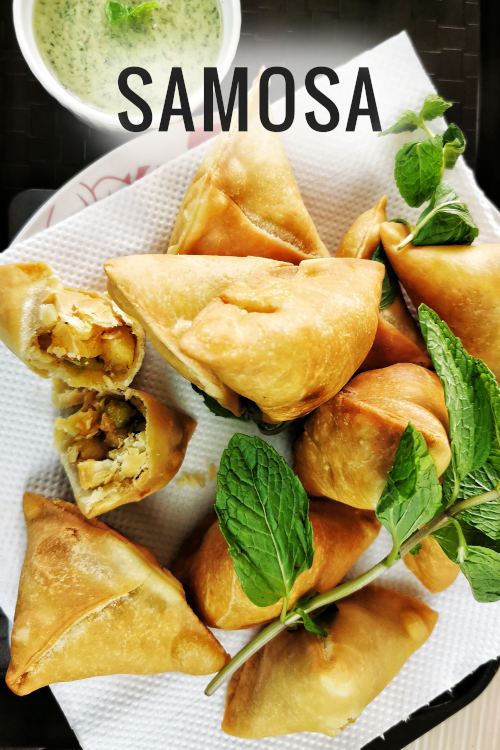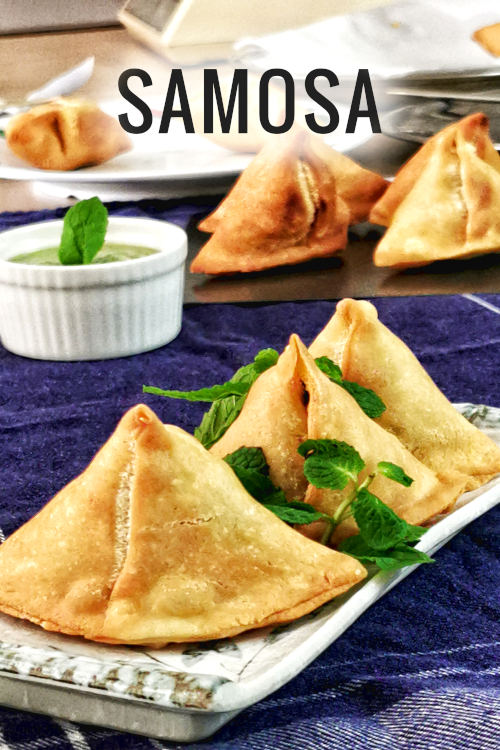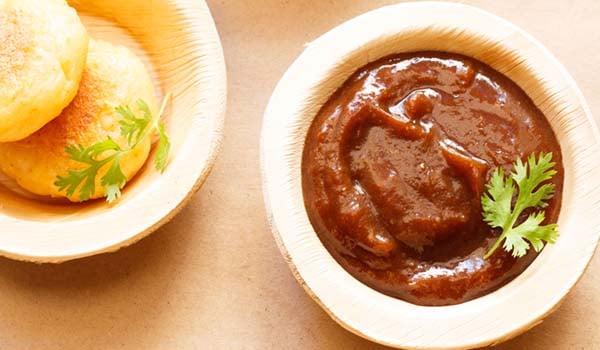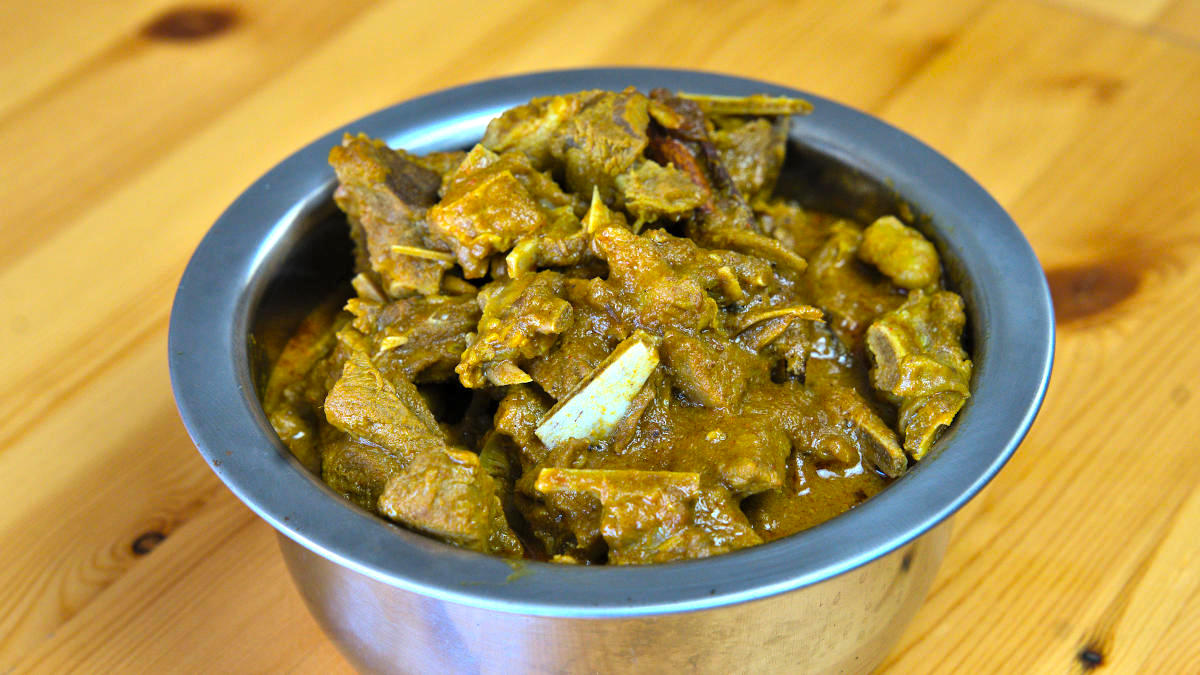Samosa is a flaky, crispy, and delicious Indian snack. It is made with a pastry stuffed with spiced potato filling, shaped into a perfect pyramid, and then deep-fried to a golden brown. You can find these delightful fried parcels in cafes, restaurants, and even street food stalls.
Personally, I have a fondness for samosas as they were my go-to teatime snack at the Mamak shop (an Indian-Muslim restaurant) near my former office, enjoyed alongside a cup of Malaysian teh tarik. Now that I no longer work there, I decided to recreate this treat at home to satisfy my cravings!
After several attempts to replicate the taste of the samosas from my favorite Indian restaurant, I am excited to share my recipe with you, complete with a few personal tweaks.
Let’s dive into how to make samosas right now!
Note: This post may contain affiliate links. Please read my privacy policy for more info. I may receive commissions for purchases made through links in this post. As an Amazon Associate, I earn from qualifying purchases.

Here is how to make Samosa, step-by-step:
Making samosas is relatively straightforward, though the folding technique may require some practice. This recipe is general and not specific to any region, tailored to suit my taste. I hope you enjoy it as much as I do!
1. Prepare the spiced potato stuffing
- Start with potatoes, the key ingredient for the stuffing. Wash, peel, and boil them until soft but not mushy. Alternatively, you can make keema samosas with minced meat.
- Peel the potatoes, then cut them into halves or quarters to ensure uniform cooking. This helps them cook evenly in about twenty minutes. Once cooked, cut them into small cubes.
- Melt two tablespoons of ghee in a pan over low to medium heat. Add minced garlic and ginger, sautéing for half a minute.
- Add a tablespoon of cumin seeds and continue sautéing. Once the cumin seeds start to splutter, add chopped green chilies and onions, cooking until the onions soften.
- Season the mixture with spices such as chili powder, coriander powder, garam masala, salt, and lemon juice. You may also include amchur (dried mango) powder, hing, and fennel powder, though I prefer to keep it simple.
- Mix the boiled and cubed potatoes with the spices. I also add frozen green peas, but this is optional.
- Add a little water to help cook the potatoes further, blending well with the spices until slightly sticky. Cook until most of the water evaporates to prevent the stuffing from making the pastry soggy.
- Sprinkle chopped coriander leaves and mix well. Remove from heat and allow to cool completely before using.
2. Make the samosa pastry (the crust)
Creating the crust requires a bit of technique, but here’s a foolproof method:
- In a large mixing bowl, combine all-purpose flour and salt.
- Add your choice of oil to the flour—ghee, butter, or a neutral vegetable oil like corn oil.
- Rub the oil into the flour with your fingertips until it resembles breadcrumbs.
- When you press a handful of this mixture, it should hold its shape without crumbling, indicating that the oil is well incorporated.
- Gradually add water to the mixture. Avoid overworking the dough to maintain its flakiness.
- The right amount of water is crucial. Too much will make the pastry soft and difficult to handle, while too little will cause it to crack. Typically, 70ml of cold water for 250g of flour works well, but adjust based on your flour’s quality and local humidity.
- Knead the dough until firm, stiff, and non-sticky. Roll it into a ball, apply some oil to prevent drying, and cover with a damp cloth. Let it rest for at least thirty minutes.
- After resting, divide the dough into six equal portions, kneading each for another minute and rolling them into balls. Let them rest for an additional ten minutes.
- Your pastry is now ready to wrap the stuffing!

3. Wrap the stuffing with the pastry
Wrapping the stuffing may take some practice, but here’s a simple method:
- Place one portion of the dough on a pastry mat and lightly oil the surface to prevent sticking.
- Roll out the pastry into an oval shape, approximately 8”x6”. If the dough retracts, let it rest for a few minutes before rolling again.
- Cut the dough crosswise into two pieces, each yielding one samosa.
- Apply water to the straight edge of each piece.
- Fold the corners of the straight edge toward the center to form a cone. Press the join firmly and pinch the tip to seal it.
- Hold the cone and fill it with the potato stuffing, pressing lightly to fill the tip. Leave about 1cm clear from the edge.
- Apply water to the circumference of the cone, crimp the opposite edge to create pleats, and seal it well to prevent bursting during frying.
- Trim any excess pastry if necessary. Your samosa is now ready to stand!
4. Deep-fry
The success of your samosas also hinges on the oil temperature. If the oil is too hot, the outer layer will cook too quickly, preventing the samosas from expanding properly. Conversely, if the oil is too cool, the pastry will absorb excess oil.
- Heat vegetable oil in a pan to 130°C/265°F. Use a neutral-flavored oil such as sunflower or canola.
- The oil should be deep enough to fully submerge the samosas lying on their sides. If you don’t have a thermometer, the oil is ready when small bubbles rise from the samosas. Reduce heat if there’s excessive sizzling.
- Carefully drop the samosas into the oil, standing upright. Avoid disturbing them for the first minute.
- After a minute, gently stir the samosas.
- Fry the samosas at 130°C/265°F for about four minutes or until they float. They will begin to lie on their sides.
- Increase the heat to 180°C/350°F and continue frying until golden brown.
- Remove the samosas and drain them on paper towels.
Note: If frying in batches, allow the oil to cool before frying more samosas.
Common problems (and solutions) when making samosas
1. The samosa is not crispy: This usually occurs if too much water is added to the dough. Use just enough water to create a firm pastry.
2. The surface has blisters: Blisters can result from excessive water in the dough and high initial frying temperature. Ensure just enough water is used and start frying at a lower temperature.
3. The samosa is hard: Insufficient oil in the pastry can lead to a hard texture.
Common questions about making samosas
1. Can I use other oils instead of ghee? Yes, you can use ghee, butter, or other neutral vegetable oils.
2. Can I bake instead of deep-frying samosas? Yes, bake at 175°C/345°F for about 40 minutes, applying oil on the surface beforehand. However, deep-frying yields a better taste.
3. Can I simplify the dough-making process using store-bought spring roll sheets? You can, but the taste and texture will differ.
4. Can I substitute all-purpose flour with whole wheat flour? You can use whole wheat flour, but it may not taste as good. I recommend replacing only half of the all-purpose flour with whole wheat flour.
5. Can I freeze the samosas? Once stuffed and shaped, place them in a freezer-safe container. It’s best to consume samosas fresh, so freezing after deep-frying is not advisable.
If you enjoy this samosa recipe, check out the Malaysian curry puff recipe, which closely resembles samosas. The main difference is that the pastry is flakier and more layered. You can find the recipe here.




